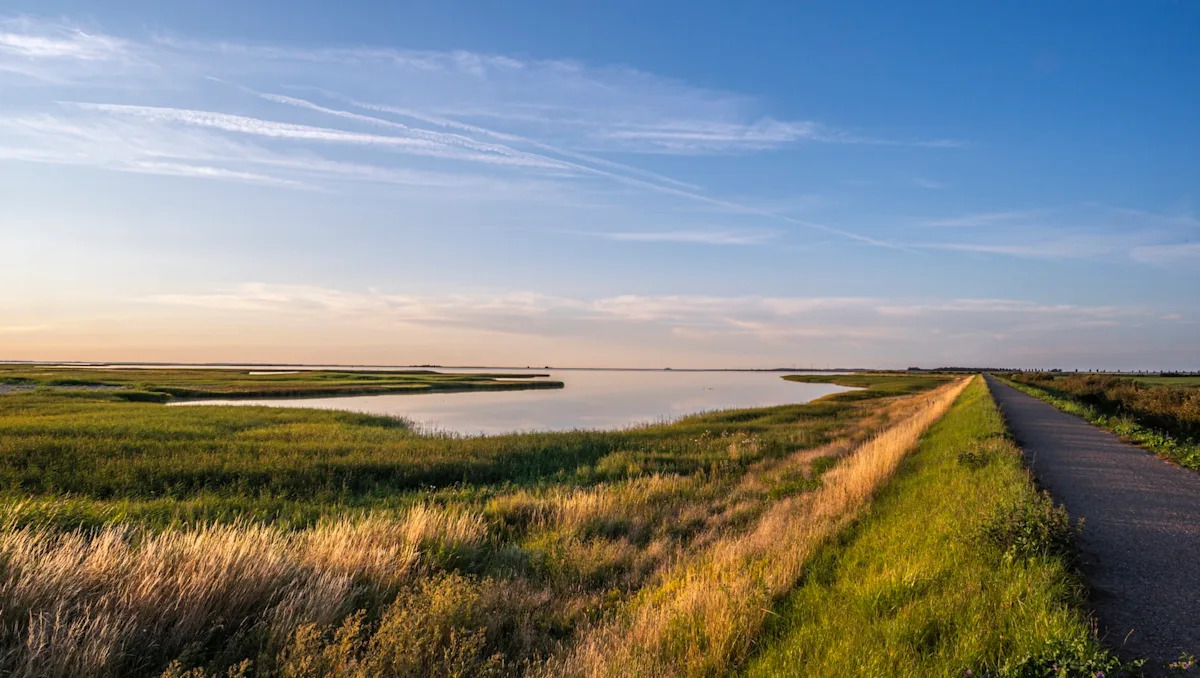Home / Environment / Massive Horned Cattle Roam Free in Danish Wilderness to Restore Biodiversity
Massive Horned Cattle Roam Free in Danish Wilderness to Restore Biodiversity
6 Oct
Summary
- Herd of 30 Tauros cattle released in Denmark's Saksfjed Wilderness
- Tauros are modern stand-ins for extinct aurochs, a keystone species
- Grazing, trampling, and browsing by large herbivores shape plant communities

On October 7th, 2025, a herd of 30 massive, horned Tauros cattle stepped into history on the Danish island of Lolland. The animals were released into the 2,000-acre Saksfjed Wilderness in an ambitious effort to restore natural grazing and help biodiversity bounce back.
This project is part of a growing European rewilding movement, where carefully chosen species are reintroduced to landscapes that need a boost. In this case, the Tauros cattle are modern stand-ins for the long-extinct aurochs, the wild ancestors of today's cows. Aurochs once roamed freely across Europe before disappearing in the 1600s, leaving behind a gap in ecosystems that depended on their grazing.
Unlike domestic cattle, Tauros are bred for survival rather than productivity. Through selective "backbreeding" of hardy heritage cattle, conservationists have created a breed that looks and behaves much like aurochs -- tall, muscular, and built to live outdoors year-round. Researchers from Aarhus University will track the cattle's progress over the coming years, measuring how well the herd keeps habitats open and supports local wildlife.




